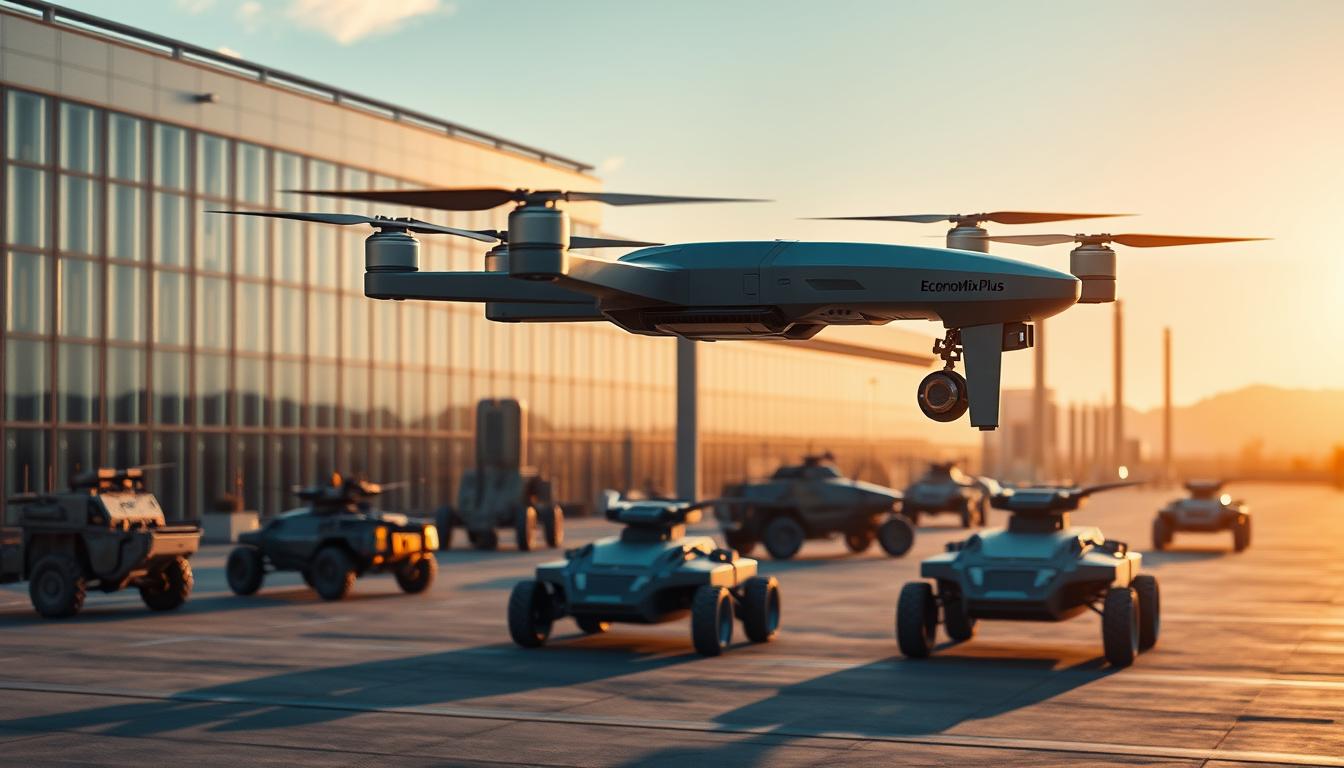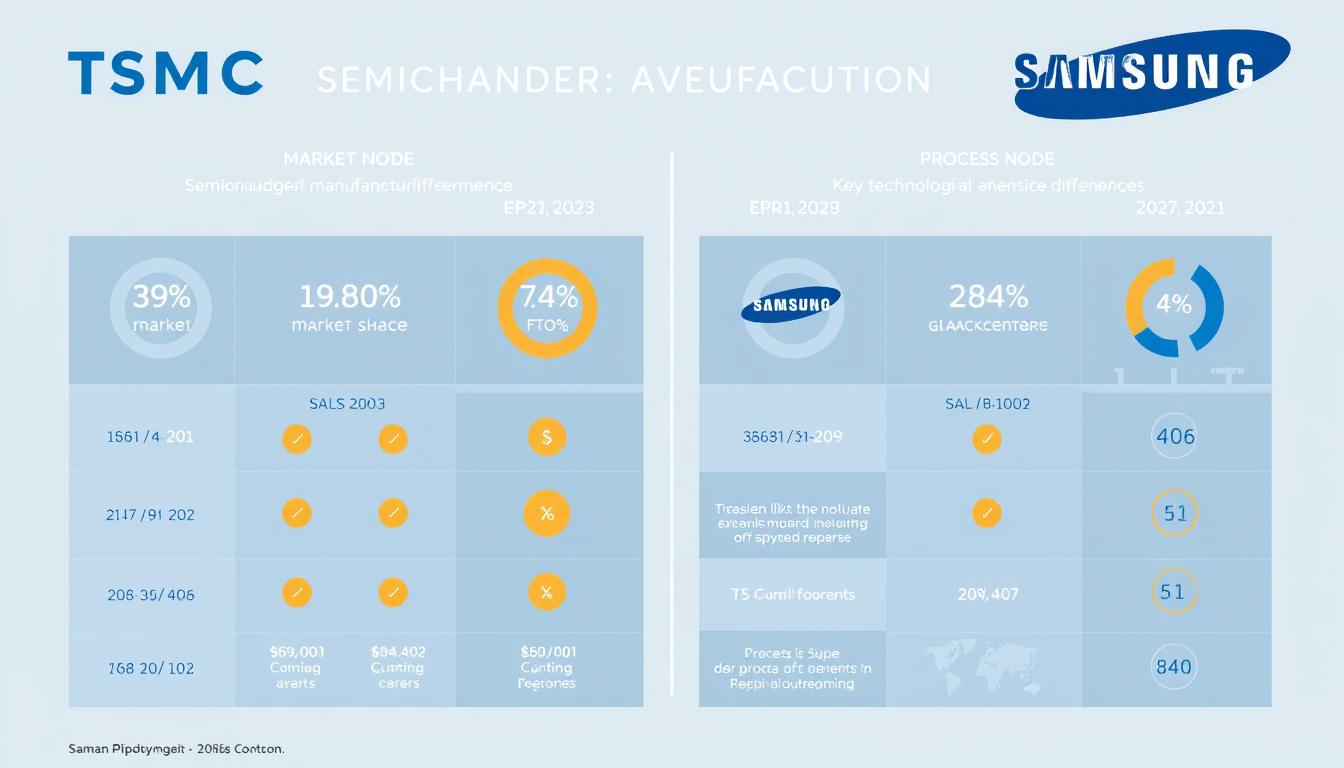What if a single company could reshape how nations approach modern warfare? As global conflicts evolve, one innovator stands at the intersection of advanced software, artificial intelligence, and battlefield strategy—challenging traditional military paradigms.
Renowned for its software-driven defense systems, this leader operates in over 20 countries, delivering mission-critical solutions that enhance national security and operational efficiency. Its portfolio spans simulation platforms, autonomous robotics, and secure communications networks designed for next-gen combat scenarios, all tailored to meet the diverse needs of modern militaries.
A standout innovation is the Digital Troops framework, enabling seamless coordination between soldiers and unmanned platforms like the agile BAHA drone or the rugged BARKAN armored vehicle, thereby revolutionizing the way ground forces engage in operations. This integration not only boosts situational awareness but also significantly reduces response times in dynamic combat environments, ensuring that troops can adapt to evolving threats with greater agility and precision.
At events like EDEX 2023, the firm showcases tools such as ADVENT battle management systems and SANCAR cybersecurity suites, targeting emerging markets in Africa and beyond. By integrating AI-driven analytics and real-time data sharing, it empowers armed forces to act faster, smarter, and with unprecedented precision.
Key Takeaways
- Operates globally across 20+ nations, reinforcing its role in defense technology.
- Pioneers the Digital Troops concept, merging human and machine capabilities.
- Key products include autonomous drones (BAHA) and armored systems (BARKAN).
- Expands market reach through participation in international defense expos.
- Leverages artificial intelligence for real-time decision-making in combat zones.
Innovative Defense Solutions and Technologies
The race to dominate defense innovation hinges on integrating AI and real-time data. Leading this charge are advanced platforms designed to outpace evolving threats while prioritizing battlefield adaptability. These innovations are not merely enhancements; they represent a fundamental shift in how military operations are conducted, allowing for rapid response and strategic foresight.
The integration of artificial intelligence enables forces to analyze vast amounts of data swiftly, providing actionable insights that can be critical in high-stakes environments. Furthermore, the ability to adapt to changing battlefield conditions ensures that military units remain one step ahead of adversaries, making informed decisions that leverage both technology and human expertise.
Core Systems Redefining Modern Combat
ADVENT revolutionizes air defense with AI-driven threat detection, while BAHA drones deliver agile reconnaissance in contested environments. For ground operations, BARKAN armored systems merge survivability with networked command capabilities. Secure communications are fortified through SANCAR, which encrypts data flows across land, air, and naval domains.

Simulators Meet Autonomous Platforms
High-fidelity training systems replicate aircraft, drone, and submarine operations with lifelike accuracy, allowing personnel to experience realistic scenarios that prepare them for the complexities of modern warfare. These advanced simulators not only enhance skill acquisition but also provide invaluable data for performance assessment and improvement.
They feed directly into live autonomous platforms like vertical-takeoff drones and unmanned surface vessels, which can execute missions based on the strategies developed during training. The synergy between these sophisticated training systems and operational platforms shortens the gap between training scenarios and real-world deployment, ensuring that military units can adapt swiftly to dynamic battlefield conditions and maintain operational effectiveness.
Digital Troops and Unmanned Evolution
Unmanned systems technology now enables joint missions where soldiers direct robotic assets through shared data streams. This Digital Troops framework allows UAVs to scout ahead while UGVs transport supplies—all coordinated through secure, real-time networks. Such integration demonstrates how intelligence-driven systems redefine operational timelines in modern warfare. The ability for soldiers to leverage advanced algorithms and machine learning in real-time enhances situational awareness and decision-making capabilities on the battlefield. As UAVs gather critical reconnaissance data, UGVs can simultaneously deliver essential resources, ensuring that troops are well-supported during missions. This seamless collaboration between manned and unmanned units not only optimizes resource allocation but also significantly reduces response times in dynamic combat environments, thereby increasing overall mission success rates.
HAVELSAN: The Giant of Turkish Military Technology
Modern defense strategies increasingly rely on blending human expertise with robotic precision. This fusion drives breakthroughs in mission adaptability while reshaping how conflicts are managed at scale.

From Concept to Combat-Ready Systems
The Digital Troops initiative, launched in 2021, evolved from early armored platforms like BARKAN to fully networked human-machine teams. By 2023, it integrated vertical-takeoff drones and AI-driven analytics, enabling real-time coordination between soldiers and unmanned assets.
A prime example is the BAHA UAV, recently inducted into service. With a 55 kg max take-off weight and sub-cloud operational altitude, it carries advanced EO/IR sensors for 12-hour reconnaissance missions. Its VTOL capability allows deployment in rugged terrain without runways.
Strengthening Defense Through Advanced Technologies
Recent achievements include exporting tactical communication solutions to African nations and securing partnerships through naval industry collaborations. A 2023 press release highlighted a 40% increase in unmanned systems exports compared to 2022.
| Feature | BAHA UAV | Legacy Systems |
|---|---|---|
| Operational Altitude | Sub-cloud (15,000 ft) | 6,000 ft max |
| Endurance | 12 hours | 4-6 hours |
| Sensor Package | Multi-spectral imaging | Basic EO cameras |
These advancements enhance battlefield intelligence gathering while reducing soldier exposure. Joint exercises demonstrate how manned-unmanned teams can secure objectives 60% faster than traditional units.
Global Impact and Strategic Partnerships in Defense
Global defense strategies are increasingly shaped by collaborative innovation and cross-border alliances. These partnerships not only enhance the technological capabilities of participating nations but also foster a unified approach to addressing shared security challenges. Cutting-edge platforms gain traction through international exhibitions, where emerging threats meet adaptable solutions. Such events serve as vital platforms for countries to showcase their advancements in defense technology, share best practices, and build networks that strengthen their defense postures. This collaborative environment is essential in developing integrated responses to complex global security issues.
Showcasing at Egypt Defence Expo (EDEX) 2023
At EDEX 2023, booth D70 in Hall 4 became a hub for demonstrating next-gen capabilities. Visitors explored autonomous reconnaissance drones and modular command systems designed for multi-domain operations. Strategic agreements with African and Central Asian nations were finalized here, reinforcing trust in tailored security solutions.

Expanding Markets in Africa, Central Asia, and MENA
Recent exports highlight growing demand for unmanned aerial systems across volatile regions. The BAHA UAV, operational at sub-cloud altitudes, now supports intelligence missions in three African countries. Its 12-hour endurance and multi-spectral sensors address critical surveillance gaps in arid terrains.
Collaborative projects with maritime forces in MENA showcase naval industry security enhancements. A 2023 press release noted a 34% rise in regional contracts for integrated land-naval communication networks. These partnerships strengthen infrastructure against asymmetric threats.
Media coverage in defense magazines amplifies visibility, while live demonstrations at events prove how digital troops streamline joint operations. This approach positions advanced systems as indispensable tools for modern armed forces.
Conclusion
As global conflicts grow more complex, the demand for adaptive defense systems surges. A leader in this space continues to set benchmarks through AI-driven platforms like ADVENT and autonomous assets such as BAHA drones. These innovations, combined with the Digital Troops framework, enable seamless coordination between soldiers and unmanned systems across aerospace, land, and naval domains.
Strategic partnerships in Africa and Central Asia highlight expanding influence. Export growth—including a 40% rise in unmanned systems shipments—reflects trust in mission-ready solutions. Collaborative projects with maritime forces further strengthen industry security standards for multi-domain operations.
Media engagement through press releases and defense magazines amplifies thought leadership. Recent whitepapers detail advancements in encrypted communications and real-time battlefield analytics, reinforcing expertise in safeguarding armed forces.
Looking ahead, the fusion of human expertise with robotic precision will remain critical. By prioritizing scalable security solutions and cross-border alliances, this innovator solidifies its role in shaping tomorrow’s defense strategies.














